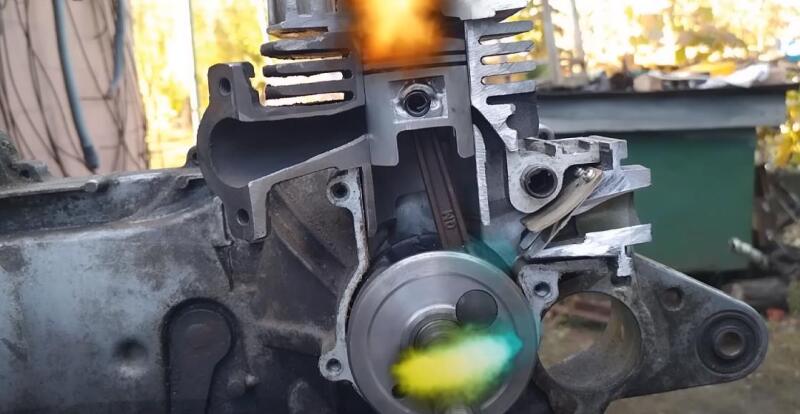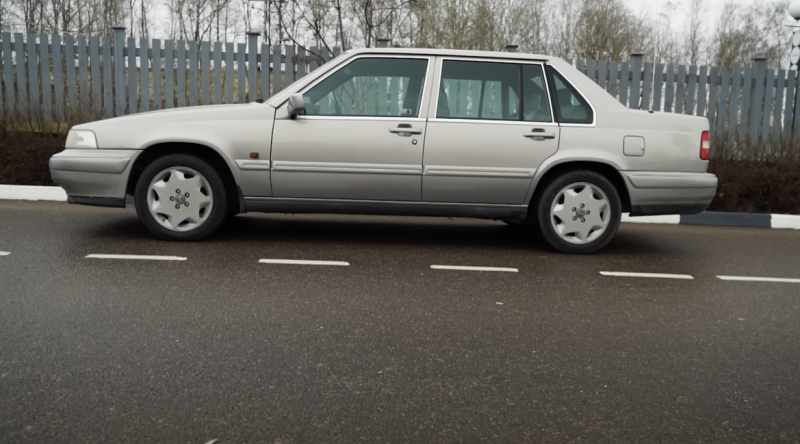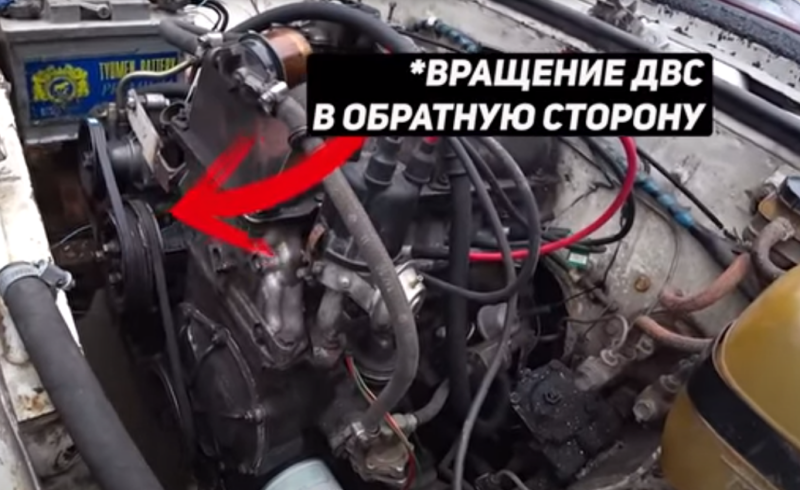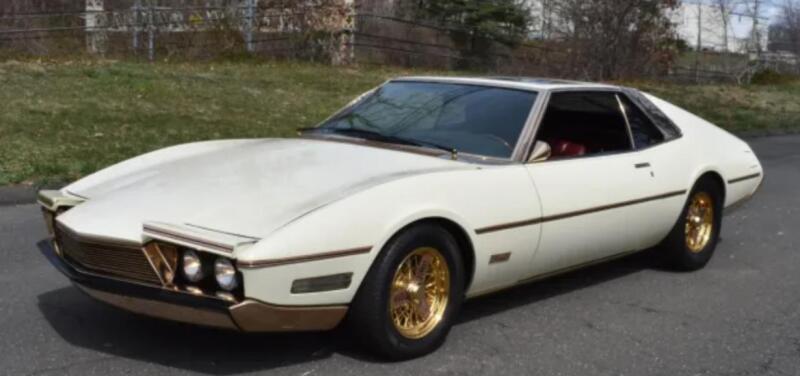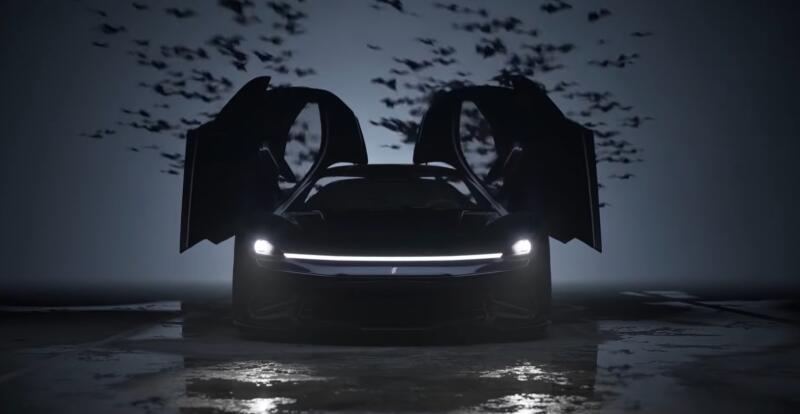You shouldn’t think that the power unit, which is based on four strokes, immediately “took” and conquered the automotive world. At the dawn of engine construction, inventors and designers carried out many experiments with internal combustion engine operating modes. Some experiments turned out to be successful, others “went” to a dead end.
A bit of history
It began towards the end of the century before last. Although the first models were already tested in 1875 (Germany, South Seyland) and 1880 (Great Britain, D. Clerk). However, it was only in 1911 that the American Ole Evinrude officially patented the world's first two-stroke engine, which developed 1,5 liters. s., which he installed on the boat. During the First World War, such engines were already widely used on motorcycles.
In 1919, J. Rasmusen, who owned the DKW company in Germany, organized the mass production of bikes and cars equipped with two-stroke engines. Their popularity, thanks to this company, did not fall until the early 60s. By that time, hundreds of thousands of cars with two-stroke engines were traveling around Europe and America: DKW Junior, Wartburg, Trabant, Auto-Union 1000S, SAAB. Later, the Japanese, represented by Suzuki, also joined the production of such cars.
 1000 Auto-Union 1961S. Photo: YouTube.com
1000 Auto-Union 1961S. Photo: YouTube.comBefore continuing the story about the triumph and decline of two-stroke cars, it’s worth understanding how they work. Let us remind you: the main advantage of this design is its simplicity.
Operating principle
One of the features of the DD is the absence of a timing belt. The intake of fuel and the release of gases is carried out by a piston moving up and down: it opens and closes windows located directly in the cylinder. On the first stroke, the fuel penetrates inside and ignites. Next, the piston moves down (2nd stage of work).
 DD cross-section: instead of valves there are windows on the sides. Photo: YouTube.com
DD cross-section: instead of valves there are windows on the sides. Photo: YouTube.comIn this position, the inlet and outlet windows are open: exhaust gases exit the cylinder and fuel reenters. And the piston goes up again: that is, everything happens in a couple of strokes.
Problems
One of them is that the gases exit and the fuel enters simultaneously. Therefore, part of the emissions remains inside, and a portion of the fresh mixture flies into the exhaust pipe. In this case, fuel and exhaust gases are mixed with each other. As a result, the consumption of fuel, which does not burn completely, is increased.
 Beginning of the 1st stroke: the piston rises and closes the windows. Photo: YouTube.com
Beginning of the 1st stroke: the piston rises and closes the windows. Photo: YouTube.comTo get rid of this drawback, pistons with a “visor” were first used, which tilted the mixture upward, preventing it from “flying into the pipe.” At the time this was called "baffle blowing". But by the 50s they had learned to accurately calculate the geometry of exhaust and intake windows: dampers were installed on the former.
 As the piston moves downward, the mixture rushes inside the cylinder. Photo: YouTube.com
As the piston moves downward, the mixture rushes inside the cylinder. Photo: YouTube.comThe second problematic point is the penetration of the mixture into the cylinder. If you use only a piston for this, it will close the “entrance” too quickly. Then much less gasoline, oxygen and oil gets inside than is theoretically possible. However, such a system was used even on automobile internal combustion engines: an example is the Wartburg-353 with three cylinders.
 50-horsepower DD Wartburg-353. Photo: YouTube.com
50-horsepower DD Wartburg-353. Photo: YouTube.comTo eliminate this disadvantage, valves began to be installed in the inlet port. Thanks to them, the mixture continues to enter the combustion chamber for some time. Today, such an intake system is the most common in engines with power up to 300 horsepower. Well, the most effective method, which is more expensive than the previous one, is to install spool valves on the crankshaft counterweights. With their help, you can adjust the opening/closing of the intake window, regardless of the location of the piston.
 The plastic Trabant 601 (GDR) had a two-stroke internal combustion engine with spool valves. Photo: YouTube.com
The plastic Trabant 601 (GDR) had a two-stroke internal combustion engine with spool valves. Photo: YouTube.comSuch schemes are also used on racing cars. The system is not suitable for conventional engines - it is expensive and has a short service life. But nevertheless, the Germans from the GDR took a risk and installed spool valves on the engine of their Trabant 601.
About the oil
It must be added to fuel. The problem is that for high-quality combustion of gasoline, different proportions are required, depending on the operating mode of the internal combustion engine. So, at idle speed the best combination is 1:70 (up to 1:150), at maximum speed – 1:16.
In Germany and the GDR there were special gas stations where oil was already added to the fuel in a certain proportion.
Of course, lubricant was poured into the engine in one combination. Because of this, the motor had a very short service life. Even despite the use of special, two-stroke oil (it is still sold today). For example, the Soviet-era boat motor “Vikhr-20” or “Moskva-25” (produced in the late 60s) had a declared service life of ... 500 hours! Foreign “colleagues” worked longer, but not for very much: up to 2 thousand hours.
 The boat motor “Moscow-25” served only 500 hours. Photo: YouTube.com
The boat motor “Moscow-25” served only 500 hours. Photo: YouTube.comHowever, the same Wartburg-353, provided that two-stroke oil was used, “nurtured” 150-200 thousand km. But if the lubrication was “wrong,” the mileage was reduced to 50-60 thousand km.
 DKW F12 is a two-stroke from Audi. Photo: YouTube.com
DKW F12 is a two-stroke from Audi. Photo: YouTube.comThey tried to solve the problem: in the 60s they began to use oil separately. But the design has become dramatically more complicated. Successful cars in this regard include the Japanese Suzuki Fronte 500 and the German model DKW F12. Another attempt at modernization was made by G. Scherenberg, installing a two-stroke with direct injection on the Gutbrod Superior in 1952. Alas, the idea was ahead of its time! The design was considered overly complex and forgotten (though not for long).
 Gutbrod Superior appeared at the wrong time. Photo: YouTube.com
Gutbrod Superior appeared at the wrong time. Photo: YouTube.comHere it is worth summarizing the disadvantages of two-stroke engines. This is noise, strong vibration, a lot of harmful emissions and high fuel consumption
Pros and cons of two-stroke bikes - who wins
We've talked about some of the problems, but what about the benefits? In addition to the simplicity of the design, there are other advantages. The main advantage should be sought in the very process of the engine. Since it only has two strokes, and not four, it means that more mixture will enter the cylinders at the same moment (on average 1,5-1,7 times).
Replacing a Wartburg-353W power unit with even little experience takes a couple of mechanics about two hours.
Thus, the USSR era boat motor “Veterok-100” (factory name GLM-4), produced in the 70s of the last century, produced 100 “horses” with a volume of 499,6 “cubes” (cc), reaching 9 thousand rpm It turns out that about 200 liters came out per liter. With.! Of course, automakers could not help but know about this: a racing version of the Wartburg-353 engine was released. With a volume of 992 “cubes”, it developed 200 “horses”, spinning up to 10 thousand rpm. Here it is important to mention another advantage of two-piece bikes: light weight.
 The three-cylinder Wartburg-353 can be removed and installed by two people. Photo: YouTube.com
The three-cylinder Wartburg-353 can be removed and installed by two people. Photo: YouTube.comThe same GLM had a mass of 45 kg, and then a third was accounted for by the propeller, gearbox, etc. Even if we take an automobile Wartburg with a power of 50-60 hp. s., then it could easily be carried away by two people.
Decline era?
By 1966, the production of two-stroke internal combustion engines began to slowly wind down. The main reason is the introduction of environmental standards. The Germans were the first to give up their positions, the Japanese were the last (in the 80s). But from time to time, automakers again turn to the topic of two-stroke engines with direct injection. For example, Chrysler released the Dodge Neon concept (1991). However, subsequently the new management of the company did not dare to invest in further developments.
 The Dodge Neon prototype in 1991 was equipped with a two-stroke internal combustion engine. Photo: YouTube.com
The Dodge Neon prototype in 1991 was equipped with a two-stroke internal combustion engine. Photo: YouTube.comBut outboard motors “thrive” in this regard. Manufacturers such as Mercury (200 DFI), Yamaha, Selva and others continue to successfully produce two-strokes. Who knows, maybe the conservatism of automakers in this regard will be overcome and a new era awaits supporters of the internal combustion engine?!
